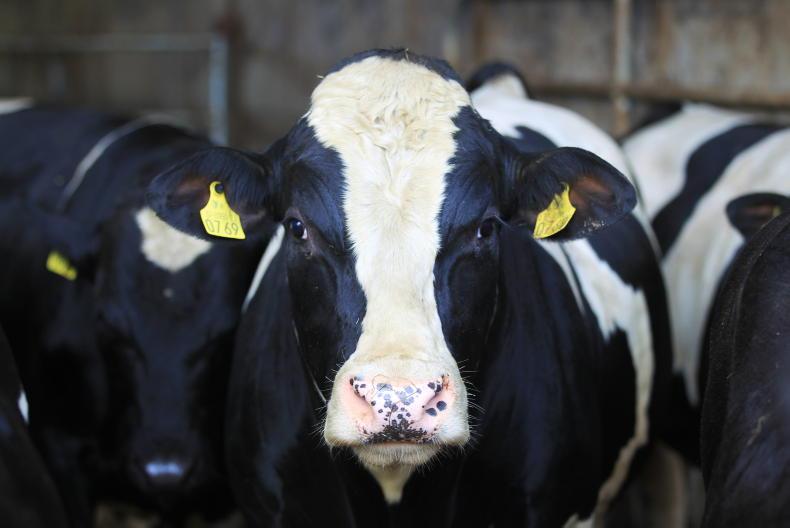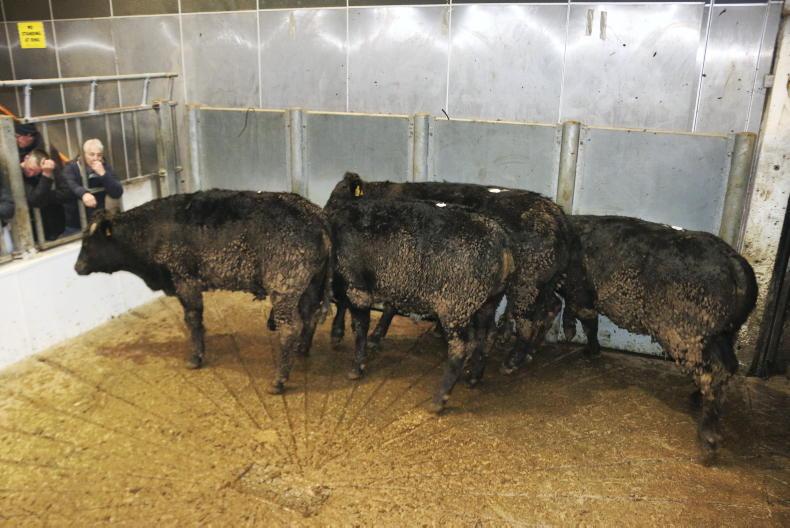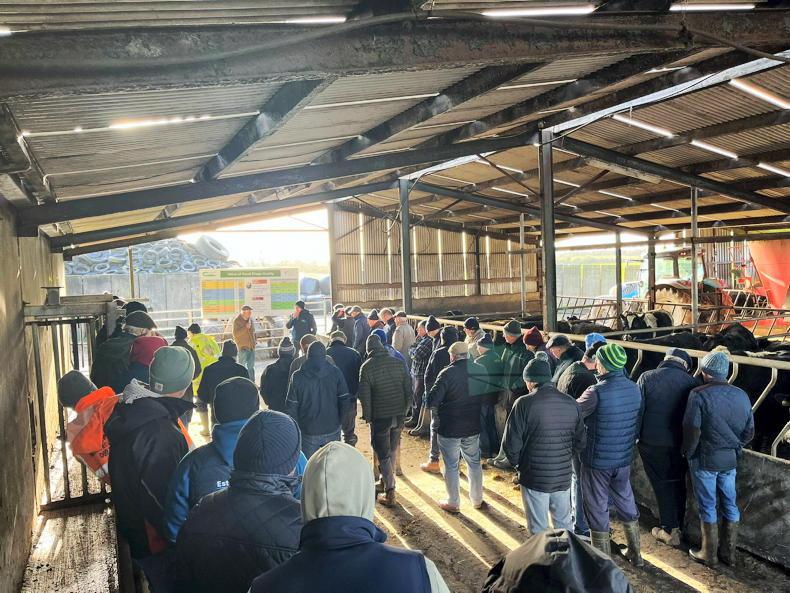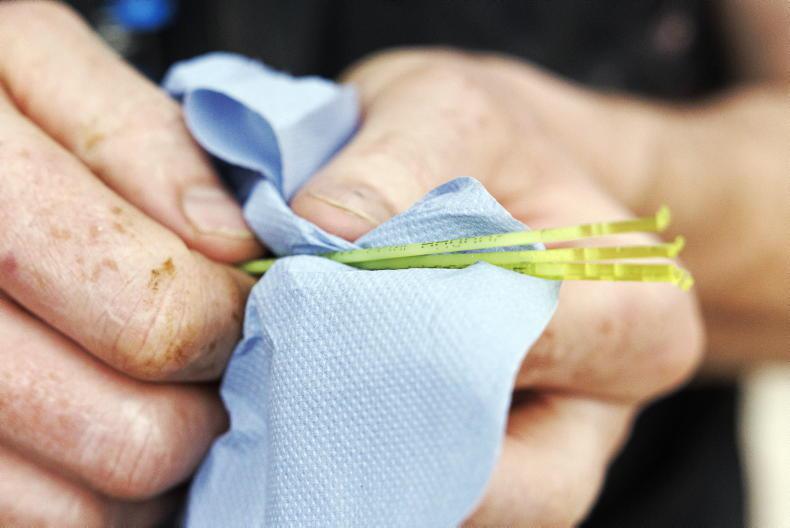The introduction of the carbon sub-index will account for 10% of the new overall EBI. Within the carbon index, which carries a carbon cost of €80/t, the aim is to reflect the carbon costs of producing milk, i.e feed, fertiliser and replacement costs. Genetics can play a key role in the overall reduction of greenhouse gas (GHG) emissions from agriculture, accounting for a projected 1.2MT Co2e mitigation by 2035.
This equates to around 20% of the current overall target of 5.75MT. Of this reduction, 0.8MT will come from the dairy herd and 0.4MT from the beef herd.
The carbon index therefore will reward cows that are more fertile (more productive) and cows that have a lower maintenance cost, which means a slightly smaller and lighter cow, as feed intake is strongly linked to mature weight.
However, from a beef perspective, this is not going to help the downward trend in carcase weight and poorer conformation that have been seen with the current EBI, resulting in a reduction in beef merit year-on-year.
Beef sub-index
In an attempt to address this, the ICBF has also updated the beef sub-index within the EBI – the last change to this index was in 2014. These changes will also take into account new measures around profitability and sustainable beef production.
These include an animal meeting carcase specification in terms of carcase weight, conformation and fat score and an emphasis on slaughter age with a view to reducing the overall age at slaughter.
For dairy x dairy males in 2021-2022, almost 71% of stock slaughtered have graded below an O= for conformation, while just over 12% were below a 2+ for fat score. As well as this, 19% of animals were over 30 months at the time of slaughter. These factors have a significant effect on the overall profitability of dairy beef systems.
What does the new EBI mean for dairy beef?
So, when the new beef sub-index and the carbon sub-index are fed into the overall EBI, what is the result from a beef perspective? On a positive note, the negative relationship with carcase conformation has been turned around.
In that light, the new EBI ticks the box, as more stock will meet carcase specifications helping the overall value of the carcase and it will do so at a younger slaughter age, which helps reduce the overall emissions from beef systems and importantly, reduce costs of production on beef farms.
Unfortunately, the same cannot be said for carcase weight, which is still trending downwards at the same rates as the current EBI. Worryingly, if the cost per tonne of carbon was to increase to €160/t in the carbon sub-index, this negative relationship would accelerate further, because the economic value for beef is not high enough to warrant an increased weighting.
Overall, the dairy herd is trending towards a slightly lighter cow, which means a smaller calf for dairy beef farmers to work with. With the introduction of calf weighing in marts last spring, there was a clear price differential between calves under and over 50kg, with farmers wanting the stronger animal at the point of purchase. Are dairy farmers going to feed calves for longer to get them up to a suitable weight for sale in the future?










SHARING OPTIONS